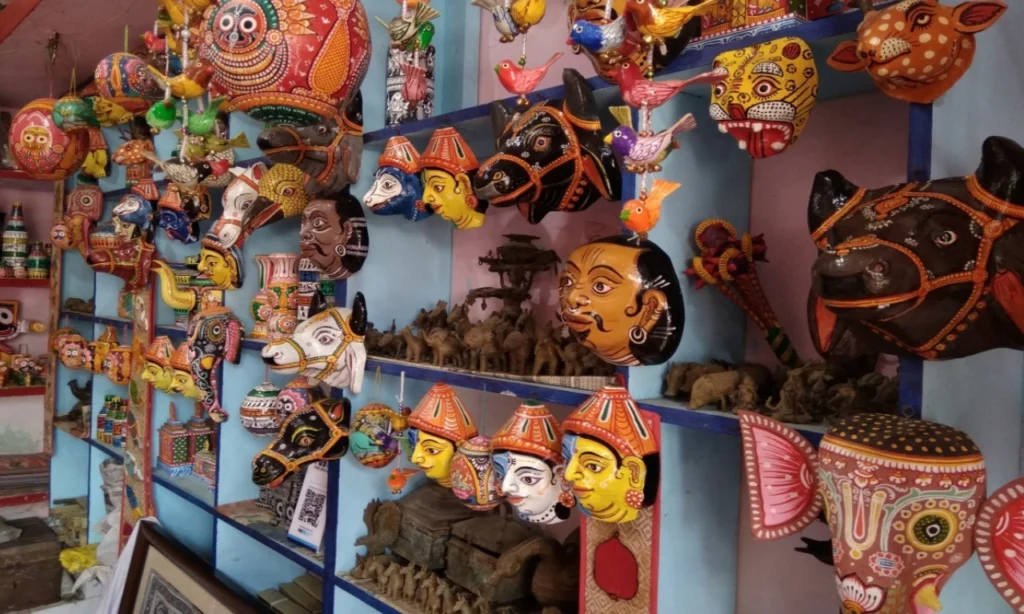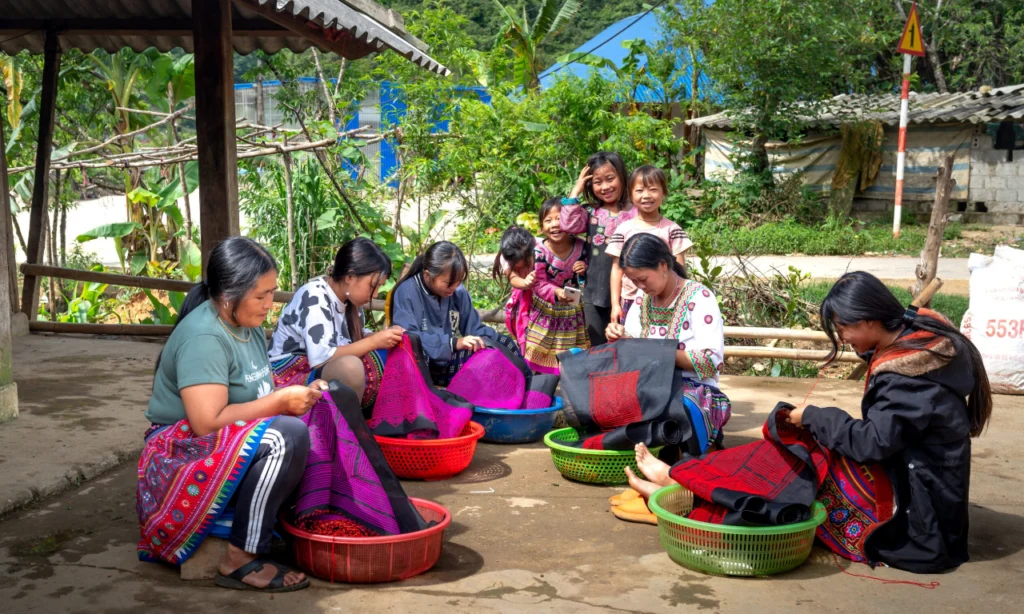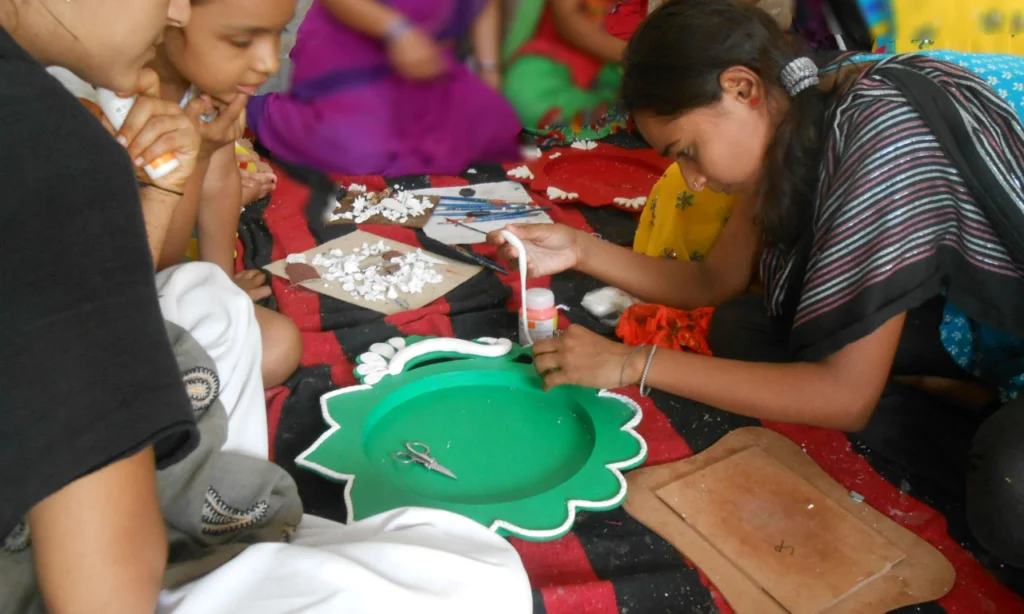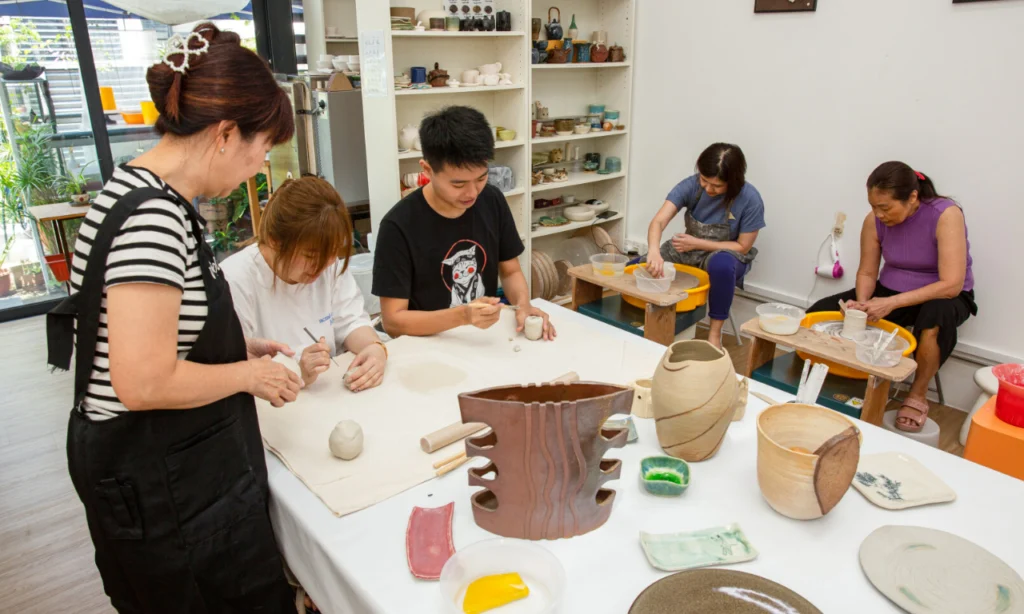Introduction
Handicrafts have long been recognized for their artistic value and cultural significance. However, beyond their aesthetic appeal, handicrafts play a important role in driving social change. By providing economic opportunities, preserving cultural heritage, promoting environmental sustainability, and empowering marginalized communities, handicrafts serve as a potent tool for fostering social development and improving quality of life.
Economic Empowerment

One of the most significant impacts of handicrafts lies in their ability to generate income and employment, particularly in rural and underdeveloped areas. Handicrafts provide a source of livelihood for millions of artisans worldwide. By selling their products locally and internationally, artisans can achieve financial independence, improve their living standards, and contribute to their local economies. This economic empowerment is especially vital for women, who often make up the majority of handicraft producers. Through their craft, women can gain financial autonomy, support their families, and challenge traditional gender roles.
Cultural Preservation

Handicrafts are a repository of cultural heritage, reflecting the history, beliefs, and traditions of the communities that create them. In many parts of the world, traditional crafts are at risk of being lost due to modernization and globalization. However, by valuing and promoting handicrafts, communities can preserve their unique cultural identities. Initiatives to document and teach traditional crafting techniques ensure that this knowledge is passed down to future generations. Furthermore, the revival of traditional crafts can foster a sense of pride and belonging among community members, strengthening social cohesion.
Environmental Sustainability

In an era of mass production and environmental degradation, handicrafts offer a sustainable alternative. Many traditional crafting techniques rely on locally sourced, natural materials and emphasize low-impact production processes. For example, handwoven textiles often use plant-based dyes, and pottery is made from natural clay. By promoting eco-friendly practices, the handicraft sector contributes to environmental conservation. Additionally, the use of recycled and upcycled materials in crafts helps reduce waste and encourages a circular economy. Consumers are increasingly seeking sustainable products, and handicrafts meet this demand while promoting environmental stewardship.
Empowerment of Marginalized Communities

Handicrafts provide a platform for marginalized communities to assert their identity and gain recognition. Indigenous groups, ethnic minorities, and refugees often face social and economic exclusion. However, through their crafts, these communities can share their stories, showcase their talents, and connect with a broader audience. This visibility can lead to greater social acceptance and respect. For instance, fair trade organizations work with marginalized artisans to ensure they receive fair wages and working conditions, helping to break the cycle of poverty and exploitation.
Education and Skill Development

Handicrafts also serve as a medium for education and skill development. Crafting skills are often passed down through generations, providing informal education that fosters creativity, patience, and attention to detail. Furthermore, many organizations and initiatives offer formal training programs in traditional crafts, equipping individuals with valuable skills that can open up new economic opportunities. These educational initiatives not only preserve cultural heritage but also promote lifelong learning and personal development.
Social Innovation and Collaboration

The handicraft sector is increasingly embracing social innovation and collaboration. By forming cooperatives and associations, artisans can pool their resources, share knowledge, and gain better access to markets. These collective efforts enhance their bargaining power and enable them to compete more effectively. Social enterprises and NGOs also play a crucial role by supporting artisans with training, funding, and marketing assistance. These collaborations create a supportive ecosystem that nurtures talent and drives social change.
Conclusion
Handicrafts are more than just decorative items; they are powerful instruments of social change. By providing economic opportunities, preserving cultural heritage, promoting sustainability, and empowering marginalized communities, handicrafts contribute to a more inclusive and equitable society. As we continue to navigate the challenges of the modern world, it is essential to recognize and support the transformative potential of handicrafts. By doing so, we can ensure that these traditional arts not only survive but thrive, driving social progress and enriching our collective human experience.




